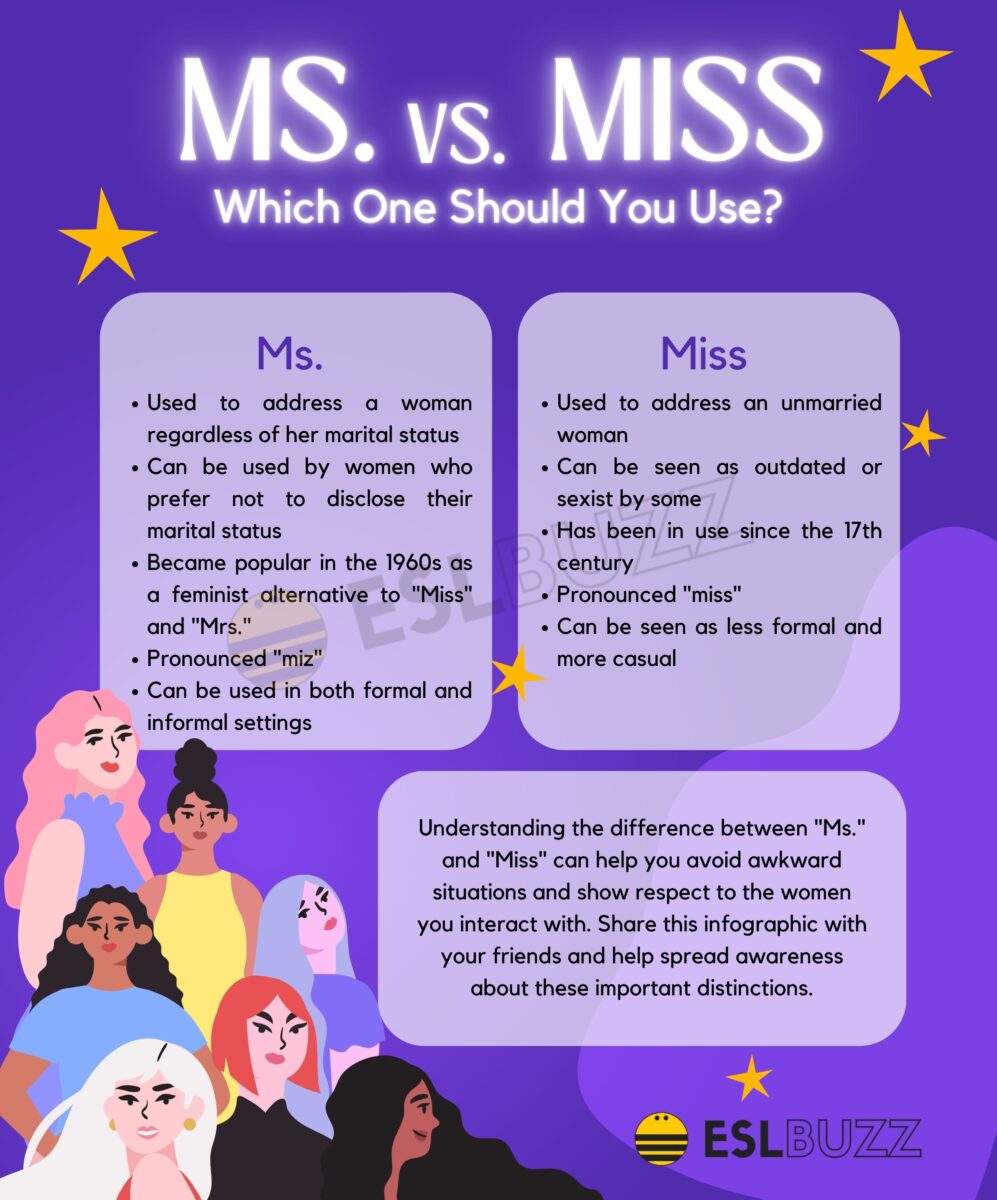
Whispers from the Wilderness: America’s Enduring Legends and the Echoes of History
America, a nation forged in revolution and defined by relentless expansion, is as much a tapestry of tales as it is a land of innovation and progress. From the misty mountains of the Appalachians to the sun-baked deserts of the Southwest, and from the bustling urban canyons to the quiet, forgotten battlefields, the landscape breathes with stories – stories of the impossible, the heroic, the terrifying, and the deeply human. These are the legends of America, a vibrant, evolving folklore that shapes its identity, anchors its history, and continues to capture the national imagination.
The very genesis of the United States is steeped in myth-making. Figures like George Washington and Abraham Lincoln, while historical, have transcended mere fact to become legendary archetypes. The cherry tree anecdote, though apocryphal, perfectly encapsulates the American ideal of honesty, while Lincoln’s sagacity and melancholic wisdom are woven into countless tales of his foresight and struggles. But beyond the great men of history, America’s legends spring from the vastness of its wilderness, the struggle of its pioneers, and the clash of cultures that define its heritage.
The Giants of the Frontier and the Spirit of the Land

The early American frontier, a land of immense challenges and opportunities, gave birth to a pantheon of larger-than-life folk heroes who embodied the spirit of expansion and resilience. Paul Bunyan, the colossal lumberjack and his blue ox Babe, are perhaps the most famous. Their feats – carving out the Grand Canyon with a dragging axe, creating the Great Lakes for Babe’s drinking water – speak to the scale of the American landscape and the Herculean efforts required to tame it. These tales, originating in logging camps, served not only to entertain but also to inspire a sense of shared experience and pride among those battling the elements.
Similarly, Johnny Appleseed (John Chapman) became a legendary figure for his gentle spirit and tireless work planting apple trees across the Midwest. His story, rooted in historical fact but embellished with mythical proportions, represents the harmonious relationship between man and nature, and the pioneering spirit of nurturing the land for future generations. These figures, whether real or imagined, provided a cultural shorthand for the nascent nation, defining the virtues it admired: strength, ingenuity, perseverance, and a deep connection to the land.
Yet, the wilderness also harbored shadows. The vast, unexplored territories gave rise to tales of cryptids – creatures whose existence remains unproven but whose stories persist with compelling fervor. Sasquatch, or Bigfoot, a large, ape-like creature said to roam the forests of the Pacific Northwest, is arguably America’s most famous cryptid. Sightings, footprints, and blurry photographs have fueled decades of debate and expeditions. For indigenous peoples, stories of large, hairy humanoids predate European settlement, serving as cautionary tales or explanations for the mysteries of the deep woods. Bigfoot, in many ways, represents the lingering wildness of America, a reminder that despite technological advancements, vast swathes of the continent remain untamed and enigmatic.
Haunted Histories and Spectral Echoes
The American landscape is also profoundly haunted. From the ancient Native American burial grounds to the battlefields of the Civil War, and from the forgotten ghost towns of the Old West to the opulent mansions of the Gilded Age, stories of restless spirits and spectral phenomena abound. These legends often intertwine directly with significant historical events, serving as a folk memory of trauma, injustice, or intense human emotion.
The Salem Witch Trials of 1692-1693, a dark chapter in colonial history, continue to fuel ghost stories and a fascination with the supernatural. The spectral accusers and the innocent victims are said to haunt the historic town, their tormented spirits forever bound to the place where fear and hysteria reigned. Similarly, the Natchez Trace Parkway, a historic forest trail stretching 440 miles from Nashville, Tennessee, to Natchez, Mississippi, is a corridor of history and legend. Once a vital route for Native Americans, European settlers, and riverboatmen, it became infamous for outlaws and ambushers. Stories of the headless horseman of the Trace, the phantom screams of victims, and the eerie silence of its ancient woods are deeply ingrained in the local lore, making it one of America’s most haunted roads.
It is in this realm of historical memory and spectral resonance that projects like ms oldtraceconfedgraves find their unique, albeit often indirect, connection to America’s legends. While ms oldtraceconfedgraves is not a legend itself, but rather a meticulously documented historical project focused on identifying, mapping, and preserving Confederate graves and historical sites, particularly those along the Natchez Trace Parkway, it exemplifies how the tangible remnants of history can become the bedrock for legendary narratives.
The project’s dedicated effort to document thousands of Confederate graves serves as a stark reminder of the human cost of the Civil War, a conflict that tore the nation apart and left an indelible mark on its psyche. Each headstone, each documented burial site, is a silent testament to a life lived and lost, and for many, a potential anchor for spectral tales. Battlefields like Gettysburg, Antietam, and Shiloh, where hundreds of thousands perished, are widely considered among the most haunted places in America. Legends of ghostly soldiers still marching, phantom bugle calls, and the lingering scent of gunpowder are common, fueled by the sheer scale of the tragedy and the intense emotions experienced there.

The work of ms oldtraceconfedgraves by preserving and making accessible the locations of these graves, inadvertently reinforces the potential for such legends. It highlights the very real places where profound human suffering occurred, where lives were violently ended, and where the echoes of history are most palpable. The act of documentation ensures that these places are remembered, and with memory often comes the weaving of stories – stories that may include the spectral return of those who rest beneath the earth. It is a powerful example of how history, when confronted and preserved, can continue to inspire the legends that define a nation’s understanding of its past.
Urban Lore and Modern Myths
As America urbanized, its legends adapted. The dark forests gave way to the dark alleys and abandoned buildings of cities, and the frontier heroes were replaced by urban specters and cautionary tales. The "Jersey Devil," a winged, horse-headed creature said to inhabit the Pinelands of Southern New Jersey, is a classic example of an enduring regional cryptid that thrives in the liminal spaces between developed areas and wild expanses. Its origins stretch back to the 18th century, a testament to the longevity of fear and folklore.
The Mothman of Point Pleasant, West Virginia, is a more recent addition to the pantheon of American cryptids. First sighted in 1966-67, this large, winged creature with glowing red eyes became associated with a series of strange events and ultimately, the tragic collapse of the Silver Bridge. The Mothman legend captures the anxieties of the Cold War era, blending fear of the unknown with technological disaster, and highlighting how modern legends often reflect contemporary societal fears.
The digital age has not diminished America’s appetite for legends; it has merely provided new avenues for their dissemination and evolution. Urban legends, once passed by word of mouth, now spread virally online, often transforming into creepypastas or internet memes. Conspiracy theories, whether about Area 51 and extraterrestrial encounters or secret government experiments, thrive in the interconnected world, blurring the lines between fact, speculation, and outright fabrication. These modern myths, though often lacking the historical depth of older legends, speak to a persistent human need to find meaning, to uncover hidden truths, and to grapple with the unknown in an increasingly complex world.
The Enduring Power of Story
America’s legends are more than just entertaining tales; they are integral to its cultural fabric. They reflect the nation’s aspirations and its anxieties, its triumphs and its tragedies. They provide a shared narrative, a collective memory that binds diverse communities together. From the colossal feats of Paul Bunyan to the spectral whispers on the Natchez Trace, and from the enigmatic presence of Bigfoot to the glowing eyes of the Mothman, these stories offer a lens through which Americans understand themselves and their place in a vast, often bewildering, world.
In an era dominated by instant information and scientific explanation, the enduring power of legends speaks to a fundamental human need for wonder, mystery, and a connection to something larger than ourselves. They remind us that history is not just a collection of facts, but a living narrative, constantly being retold and reinterpreted. As long as there are unexplored corners, unexplained phenomena, and the echoes of the past waiting to be heard, America’s rich tapestry of legends will continue to weave new threads, ensuring that the whispers from the wilderness will never truly fade. They are, after all, the heartbeat of a nation’s soul.


